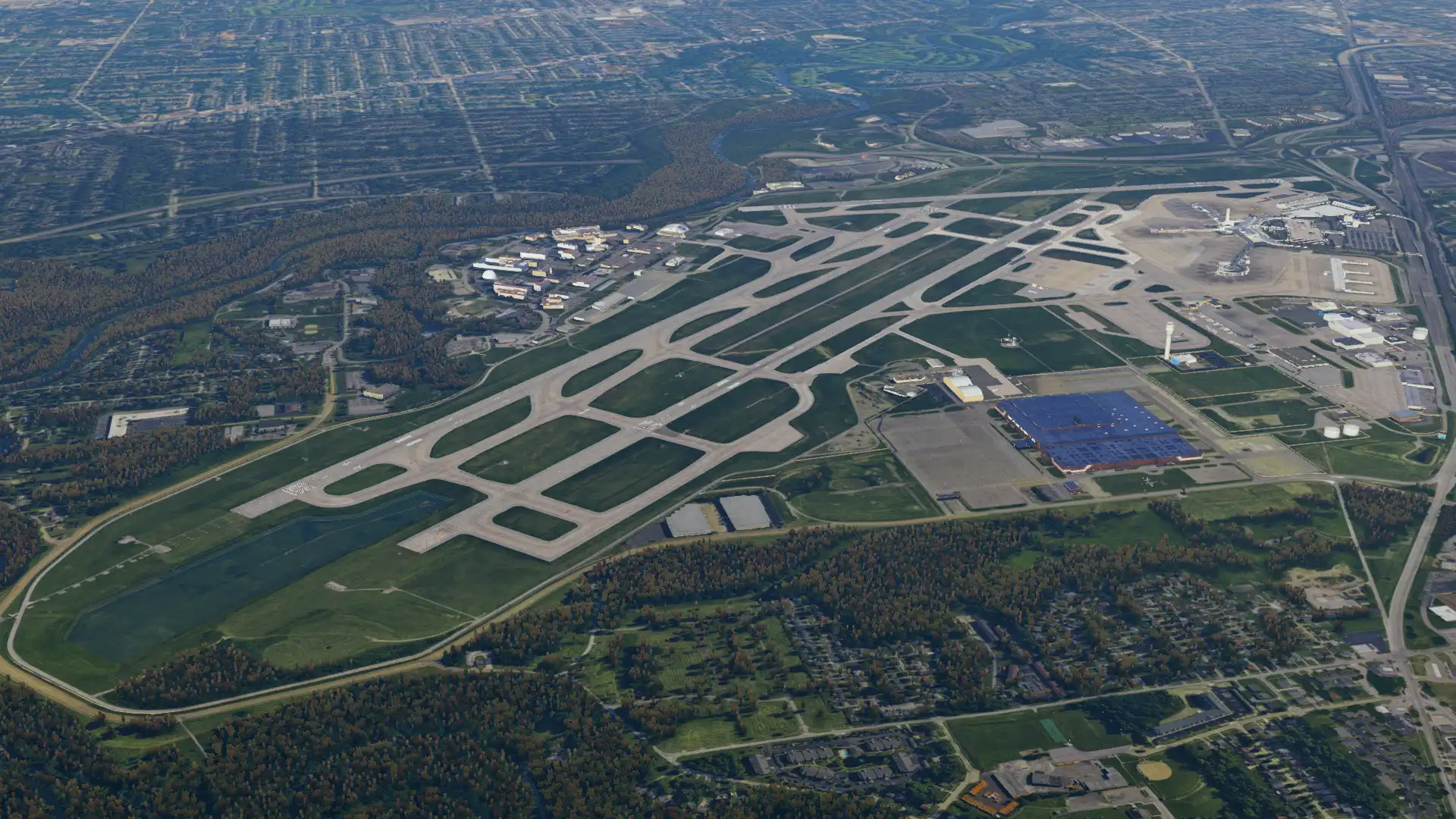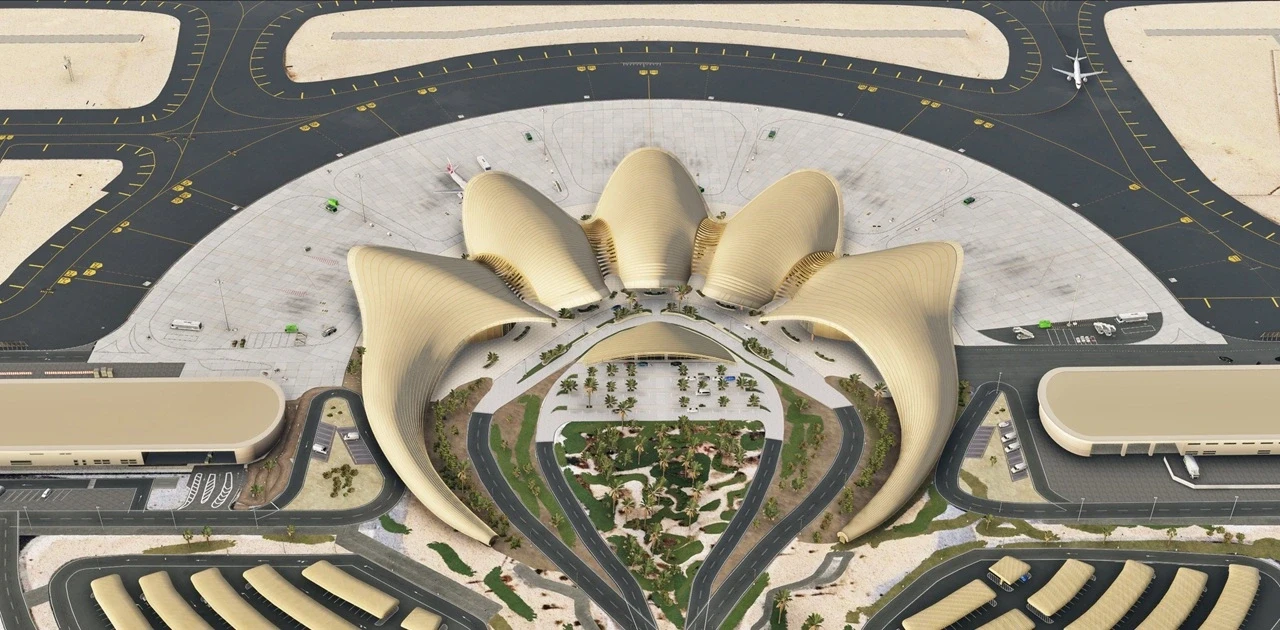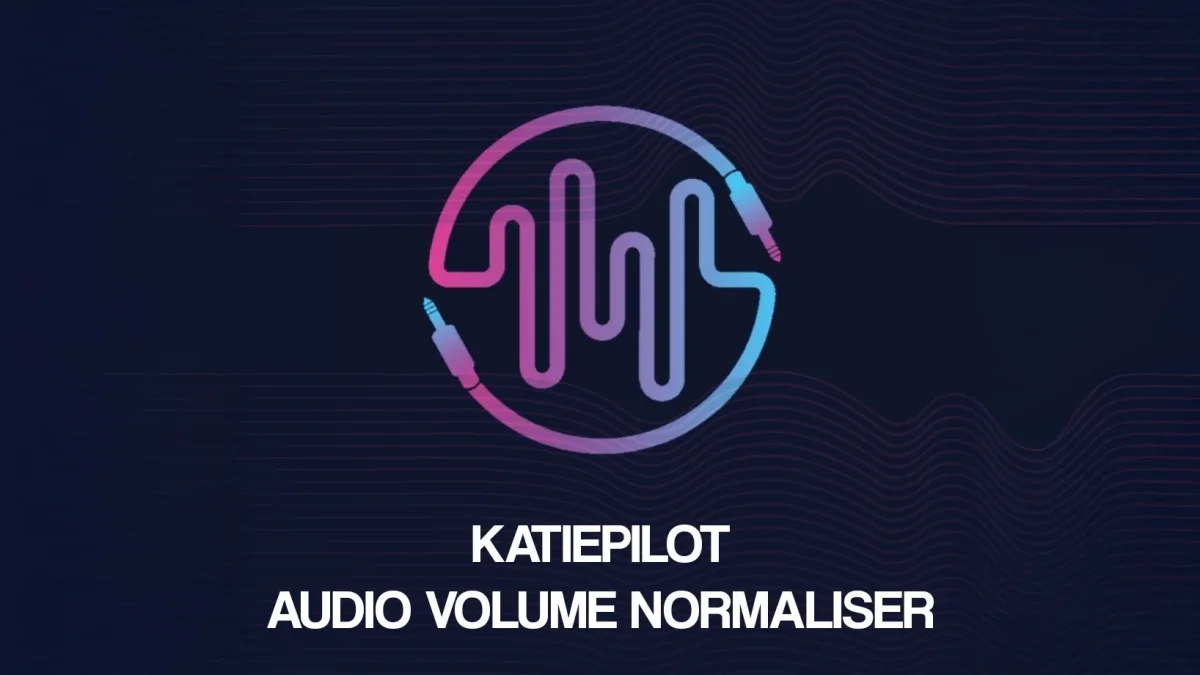Interview with Evgeny Romanov from JarDesign
December 23, 2019
Community
JarDesign have been around for a long time. We first saw some of their products on the market in X-Plane 9 with their Antonov 148. Since then, the group has expanded to make popular aircraft such as the Airbus A330 and popular add ons such as Ground Handling.
Today, they are primarily known as the group behind development of an A340 for X-Plane. Threshold has had the opportunity to have an exclusive interview with the head of JarDesign, Evgeny Romanov about his X-Plane roots, the company’s programming style, and of course, the A340. Evgeny is not a native English speaker, so some text has been altered with his permission.
What got you into the X-Plane aircraft world?
Once upon a time, there were legendary games for 486 processors like Aces Over Europe and Red Baron but since 1998, I had been flying MSFS — that is at least until I switched to X-Plane in version 9. Though I still have many simulators/games installed: P3D, MSFS, DCS, X-Plane, IL2 so that if I like a product from one simulator, I can very easily use it.
Development began under the X-Plane because there was an excellent flight model. Since there were very few airports, I first decided to make my own scenery to fill this gap, then realizing there were very few planes I decided to make my own plane, then seeing no tow plug-in I decided to make my own tow plug-in, then seeing no ground handling I decided...well, you understand. Of course, if there was something I wanted I would just buy it but X-Plane was so empty that it became practical and fun to develop tools I needed and wanted with my team.
Why did you choose to have the A320 be your first major project?
We began to make this aircraft in the wake of the success of the An-148 for X-Plane 9. This is a fairly complex aircraft, and working on a complex project is much more interesting. Since the release, this aircraft has been updated many times and is still updated.
At the moment, this is a plane for regular flights with normal procedures and is not intended for failure training and professional training. It’s just a plane for everyday use and has a number of features to lighten the load on your everyday sim pilot.

What do you think about aircraft development over the years and have you changed any techniques in the way that you construct them?
Right now we have evolved from developing simple airplanes directly in Plane Maker through the use of simple programming languages like Lua, to gradually switching to complex ones like C ++ and finally, creating our own platform for aviation systems development in which code writing is not required to create aircraft systems: everything happens on the screen. All you have to do is apply logic, mathematics, graphs, calculations and you can watch the results of this work on the screen. You create the aircraft display without writing any code and immediately seeing the results. This system was developed as part of the A340 project and is already partially used in our 320 and 330. I really get the excitement buzz while working with it. It solves two problems: when you write logic in C ++ for example, every time you make changes to the code, you need to rebuild the plugin and restart the plane.
Then you need to start the plane up, climb to the altitude you were testing at and then, after 10-15 minutes of resetting the situation, you can finally resume testing. This takes time. The new system fulfills the changes made immediately, directly in flight. Another plus to this new system is visual debugging. In the old system, suppose you wrote a piece of code that calculates a specific parameter of an airplane but you fly in the test and see that the value of this parameter is incorrect. You would then need to enable debugging mode and step by step check all the logic and calculations. In the new system, all logic, all mathematics, and all parameter values are visible on the screen. This is a developer’s paradise.
What are your thoughts on your competitors and how they compare to your products?
The competition is very high right now: I see a huge number of airports in 2019 and a large number of new aircraft in 2018. At the same time, the X-Plane market is narrower in the number of users compared to other platforms. If we understand that to develop a product we need to invest approximately the same amount of time/money, then taking into account a smaller number of users, the revenue will be less at the same cost. This partly explains why many MSFS / P3D developers never came to X-Plane. And some having tried themselves, have already left this market.
For example, having entered the market with an A320 series aircraft, you will be forced to compete with another 4-6 other models. Not everyone will decide to do this, if they only think about money and revenue. That’s why I think that more X-Plane developers are developing out of pure interest and not a constant desire for profit. Therefore, our competitors are primarily enthusiasts, the same as we are and I respect them very much for this.

Which product was the most fun to make and why?
The most interesting to develop? I would have to say the most interesting product to work on is one where there is the least routine and the most innovation — and these are NOT airplanes. If the routines are few and the tasks are interesting, then the work is pleasurable. In fact, work should be done for pleasure. An example of a project that was very difficult yet interesting to work on was X-Life traffic. It took about 1.5 years to develop and it has had many many updates after the initial release. X-Life is a free product, only ATC is paid if the user wants it.
Another product that falls into this category is the copilot plugin which is free for the JarDesign A330. Development was carried out for about six months. Several paid and free speech recognition engines were looked into and once a comparison was made, we settled on our final choice. This plugin changes the feeling of the flight, because it adds procedures that correspond to the real ones when flying an airliner. Unfortunately, the animation structure and object formats for X-Plane forces us to make simple animations for the co-pilot compared to what can be done, for example, in DCS. But the main functionality is well implemented.
More recently, we made a co-pilot plug-in for the default Cessna 172 in order to test the plug-in's operation on an upgraded engine. In general, I develop quite a lot of experimental plugins on which I try ideas and technologies, but the majority of these are not intended for the general public. Just the process of working on them fascinates me enough to do it in my spare time.
What can you tell us about the A340?
The work on the project is essentially carried out by 2 people. Of course, this aircraft has been developed inadequately for a long time. The main reason for this huge delay is that we are constantly distracted. We still have not completely finished the external 3D model, at this point we are about 95% finished with it. But it is our fault for the slow progress. For example, we set ourselves the task of making realistic wing flex which greatly complicated their animation. There is still a struggle to ensure that everything moves seamlessly.
As for systems, we are starting to write them in C ++ by creating all the classes and structures and dealing with the data transfer interface from one system to another. In the middle of this, we encountered the difficulty of debugging all parameters in flight which is how the idea came up to develop the visual design system that I spoke about earlier. Since some systems are not ready yet, I used Virtual Avionics to write deeper systems and modify the A330. This passing code from one aircraft to another happens pretty frequently. For example, since I made FMGS for the A340, it was installed in the A330 and the A320.
We’ve been distracted by many things: traffic, handling, co-pilot, updating the A320 and the A330 from X-Plane 10 to 11, updating the planes once in X-Plane 11 because Laminar Research changed parameters, and more. The technical support of our products alone takes me about an hour of working time every day. All this does not allow focusing all of our time on the A340, therefore, it is slow but nonetheless is coming.

What does MFS2020 mean for JarDesign? Will JarDesign develop for MFS2020?
Hmm! Firstly, this is a kick for Laminar Research and an occasion to think about further development. This is another competitor and in a certain part they will be better than the others. I really like what I see in the video, but I know nothing else about the simulator. In the promo, the visual aspects are done very well. A beautiful simulator means a lot, but if the flight model does not outplay X-Plane, which I don’t think it will, many who care about this aspect will stay with X-Plane.
But still, for X-Plane there is another danger: the transition from OpenGL to Vulcan. I think many users are waiting for this, but not realizing that they won’t notice the serious changes this update brings. Yes, you can get a frame rate increase of 20% (for example, from 25 to 35 fps) but the picture will basically remain the same. The fear that some products will stop working in terms of graphics is very real. Third party addons that use OpenGL routines in their code are going to be hit the hardest. While we do not know this for sure, if this happens, many developers will be forced to rewrite the code in their products to ensure compatibility with Vulcan. It will take time and this time will not be spent on the development of new aircraft, for example, so we may see a moment where the market becomes stagnant. But without leaving OpenGL, the continued existence of X-Plane will be in question. At some point, Apple, as they tend to do, may turn off support for old graphics libraries. Therefore, this step is right and inevitable. Like any innovation, it will have some stability and performance issues at launch. As for what happens with MFS2020 we’ll have to see, but I think that in some ways it will be very similar to the way Microsoft products have been for PC.
__
Thank you Evgeny for taking the time to speak with us. If any of these products interest you, you can check them all out on JarDesign’s website. Special thanks to Filip, RolandK781, and Bela in Threshold's Discord Server for providing images for this article.
Share this page
COMMENT ADVISORY:
Threshold encourages informed discussion and debate - though this can only happen if all commenters remain civil when voicing their opinions.






.webp)





